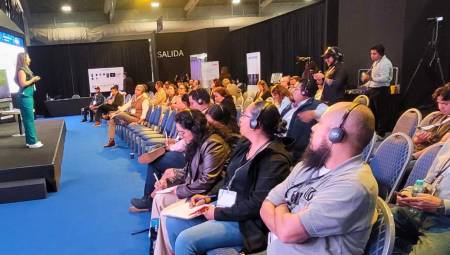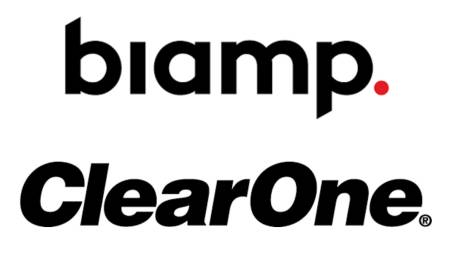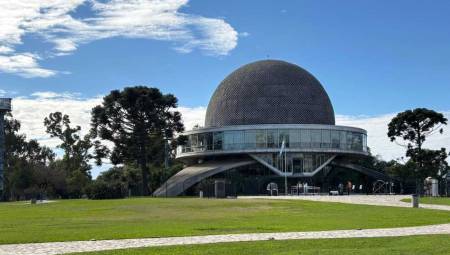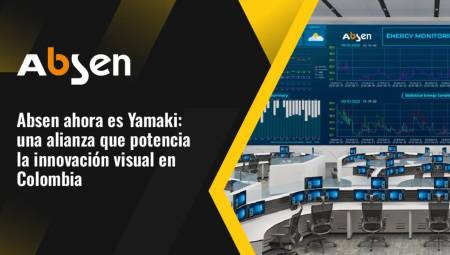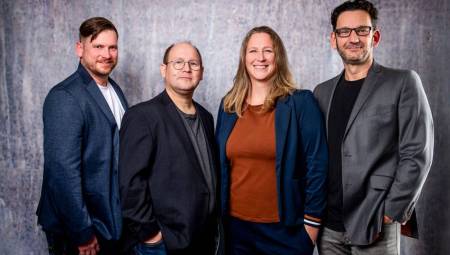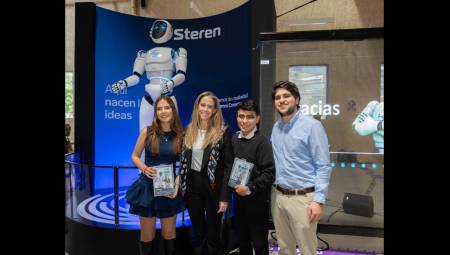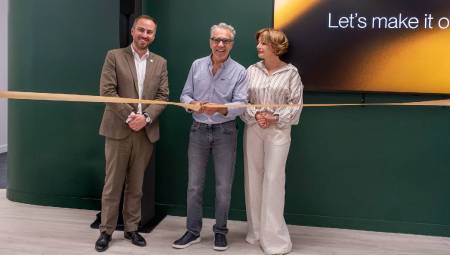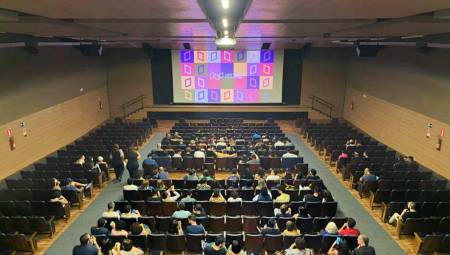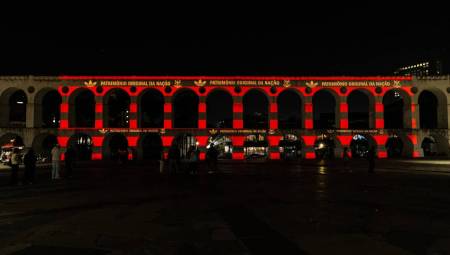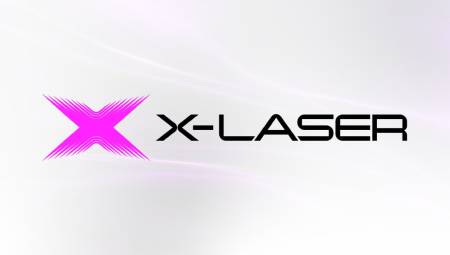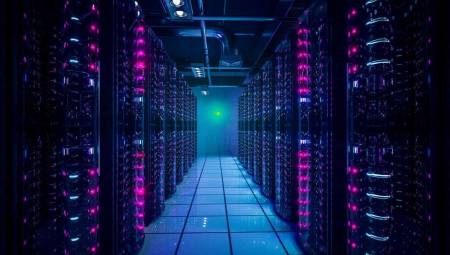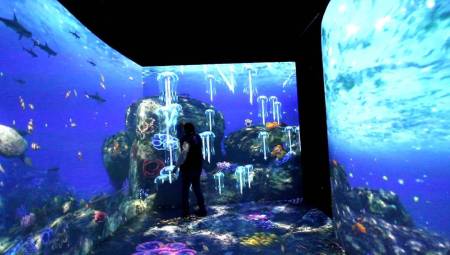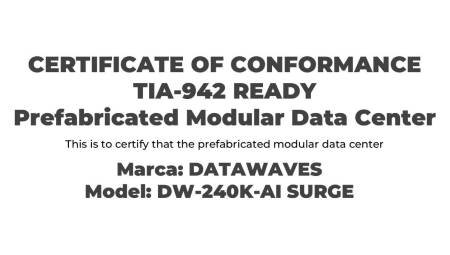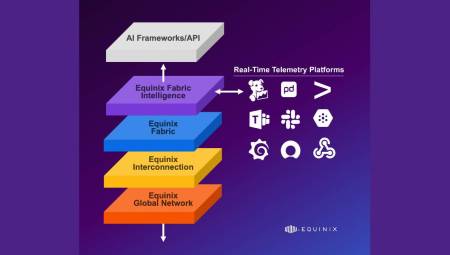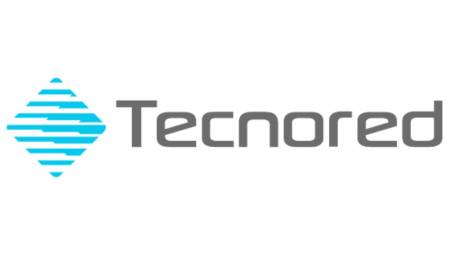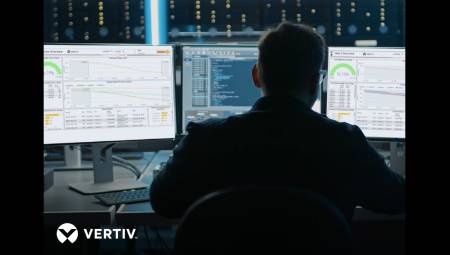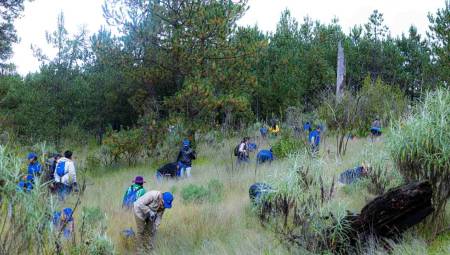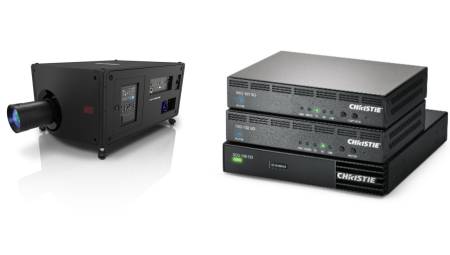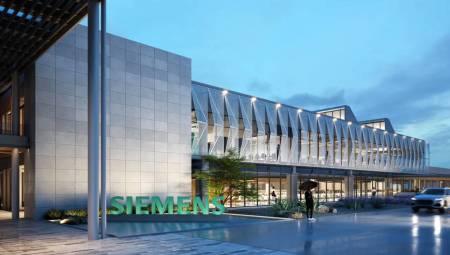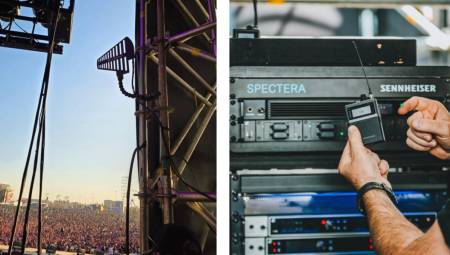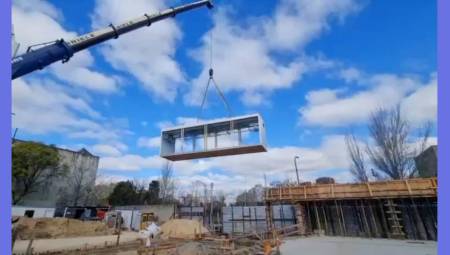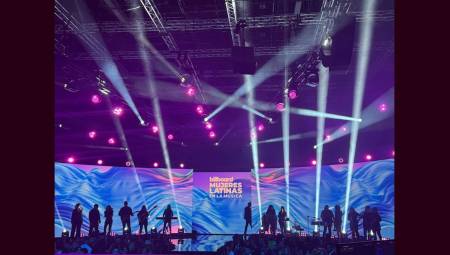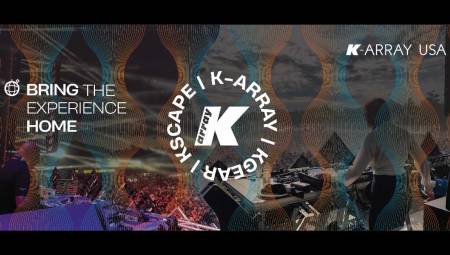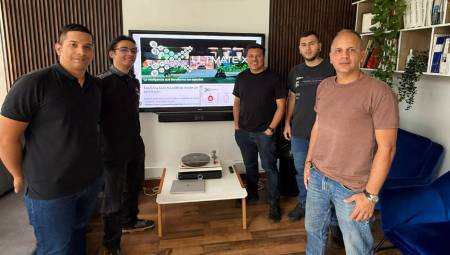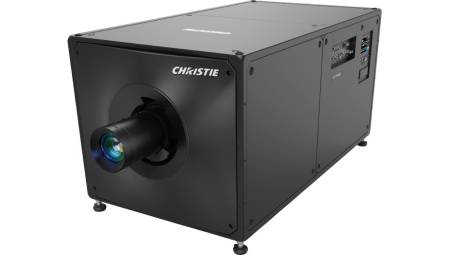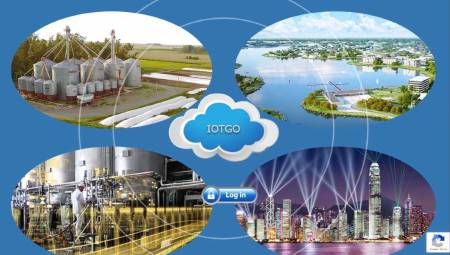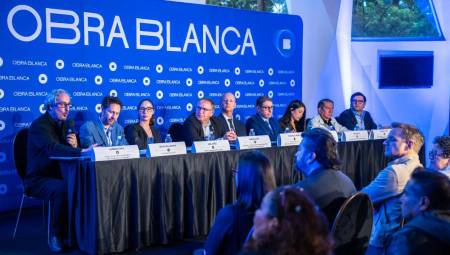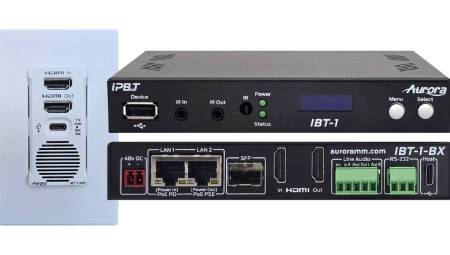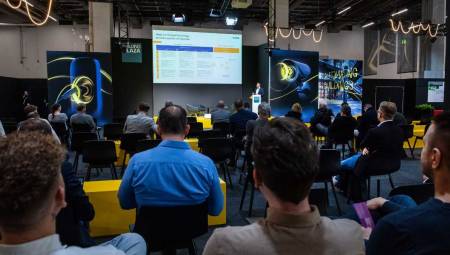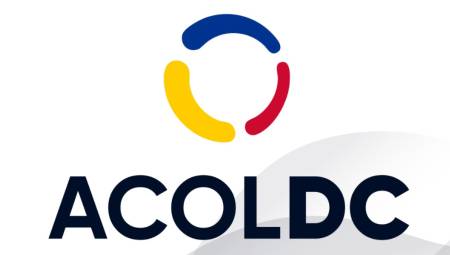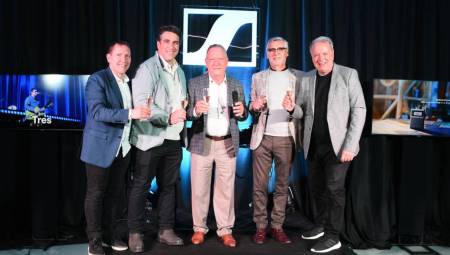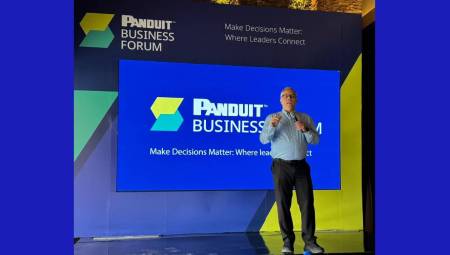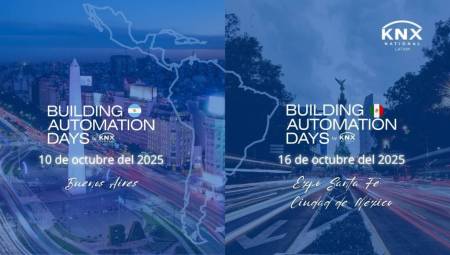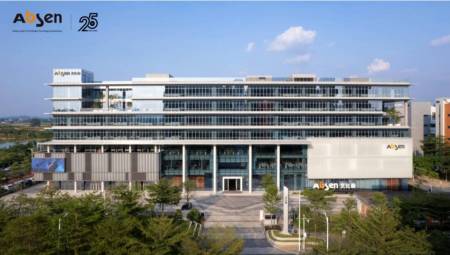Latin America. Adobe proposes to take into account sustainable development when designing Data Center in the Latin American region. He also shared his experience in managing best practices in his operation.
For Adobe, it's a trend for organizations to transform the way they store information, but more and more are also prioritizing doing so sustainably. It is easy to understand this perspective if we take into account that, according to a study conducted by the consulting firm Arirzon Research, the Data Center market in Latin America will have a compound annual growth rate until 2025 of 5.56%.
However, according to the Statista portal, between 2012 and 2020, investment in data processing centers in the world increased by 57%, going from US $ 140,000 million to US $ 220,000 million. And he estimated that by 2022 this figure could exceed US $ 248,000 million.
Then the tendency at the business level to adopt these spaces becomes clear, but also to bet on environmental management within their processes. That aligns with environmental goals and at the same time reduces high energy consumption. That is, we are currently looking for ways to balance the security that these centers offer, with their energy consumption and the production of large amounts of greenhouse gas emissions, which this implies.
Dario Llorente, Head of Latam Channel Sales at Adobe, commented on his company's position on this issue: "We set our goal for 100% renewable energy years ago, making RE100 commitments and joining the Science-Based Targets initiative with verified targets. We advocate for local, regional and federal policies to decarbonise, modernise our grids and open them up to renewables."
As an example of this, the company's investment in the design of environmentally friendly data centers stands out. These, in addition to betting on sustainability, are very resistant and are made to offer high availability and tolerate system or hardware failures with minimal impact. Likewise, each of its spaces works in a physically different and independent infrastructure, to help ensure business continuity in the event of an interruption.

Adobe also implements other initiatives that prioritize their environmental commitment, through the collaboration of local utilities, NGOs, counterpart companies, customers and digital supply chain partners who are willing to implement environmental management in their processes.
Adobe example for sustainable operation
The company has committed to 100% of the energy it uses coming from renewable sources by 2035. Added to this, more than 70% of its employees already work in LEED-certified offices.
Adobe buys solar power that goes directly to the local power grid and has partnered with companies such as Facebook and Enel Green Power, to sign the first aggregate purchase of wind power from the tech sector.
On the other hand, its monitoring system captures energy and critical operations data based on thousands of data points, from the use of electricity, water and natural gas to the effectiveness of the energy use of all its data centers.
Regarding construction, this company has a 'green' policy. Adobe was one of the first companies to adopt Leadership in Energy and Environmental Design (LEED) standards. It highlights that it drives energy efficiency in its data centers through practices such as server room consolidation and virtualization.
Finally, by transitioning from a physical to a fully digital supply chain, the technology company has reduced the environmental impact of its products, including waste, by more than 95%.
































